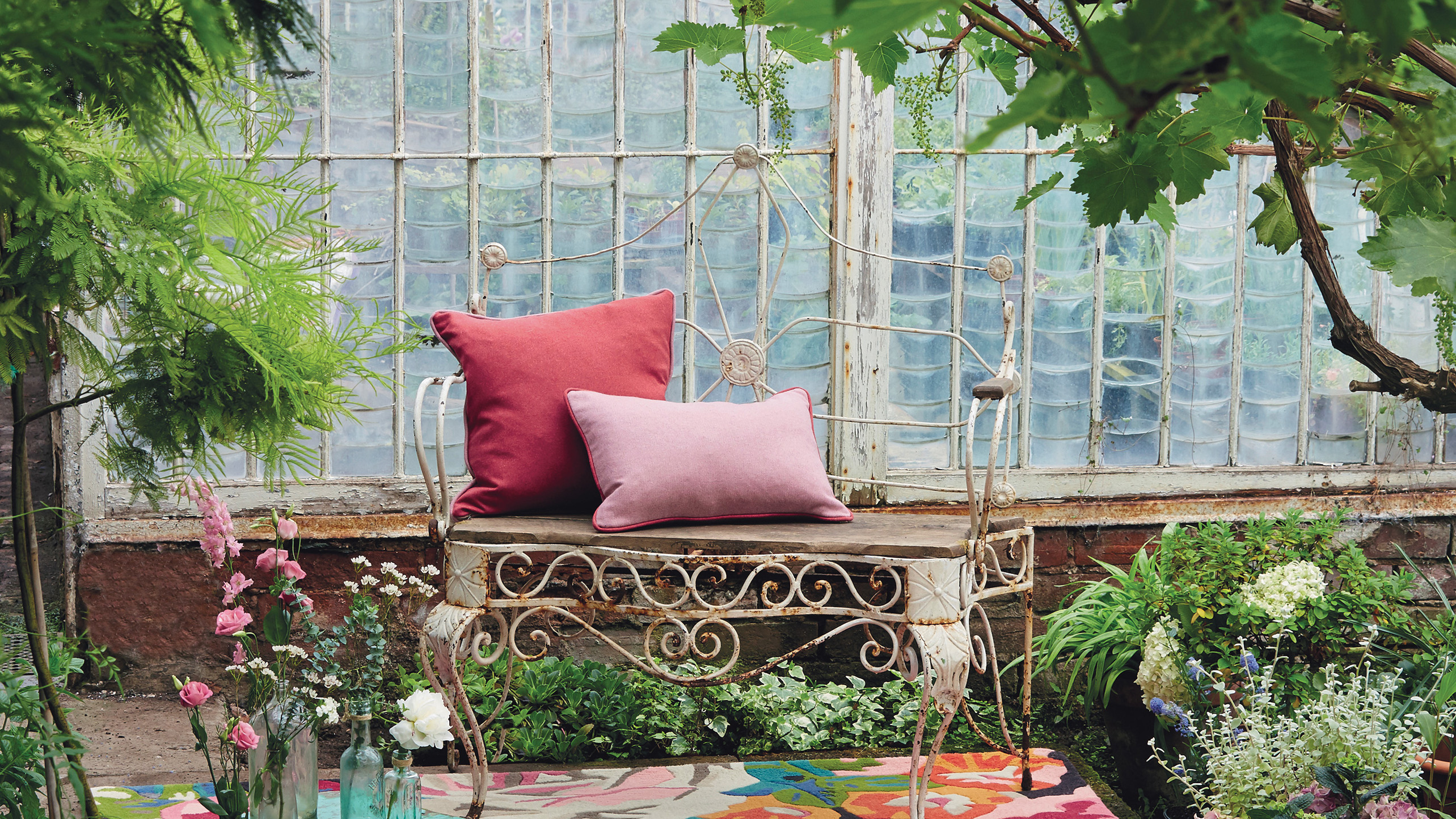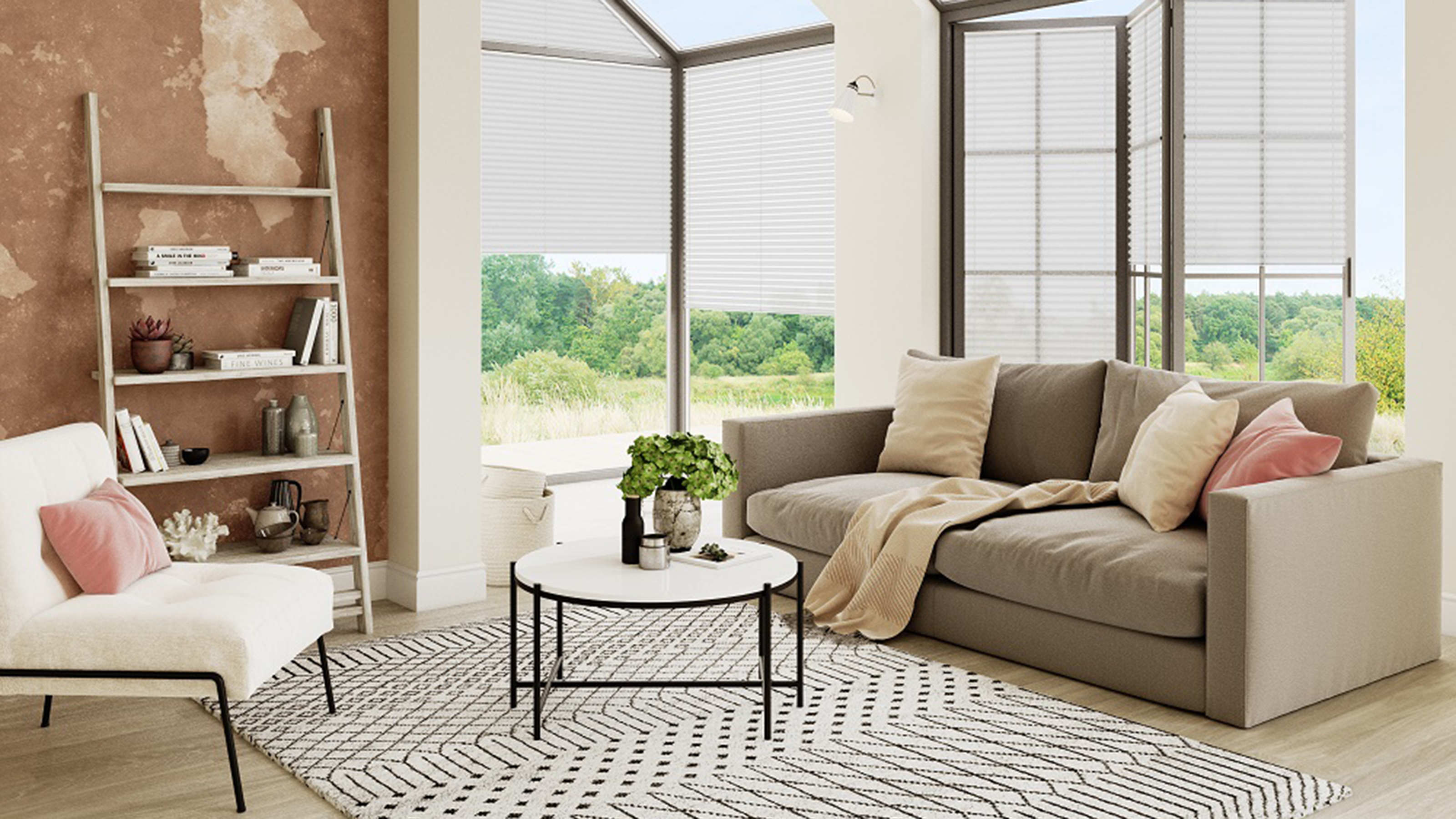

The most common reasons for upgrading a conservatory include problems with temperature control and feeling that the existing structure does not match the look of the home. If this sounds like your conservatory, read on to find out how a transformation could allow you to make the most of the space.
How do you want to use your conservatory?
Before calling in a specialist, decide what you would ideally use the space for, such as an extra living space or dining area. You should also address whether you need any storage in there.
Match the conservatory's exterior to your home
The conservatory should work technically and aesthetically with your home. Echoing architectural details can create a harmonious feel, but if you're updating an old conservatory, colour can also be a link, with shades such as green and blue sitting happily alongside brick. Alternatively, you could match a window frame colour.
Stopping overheating and heat loss in an old conservatory
With high proportions of glazing, conservatories are prone to overheating. If they are south-facing, this can make them almost unusable during the day in summer. On the other hand, come winter, you might find the space far too cold to enjoy for any length of time.
Fortunately, this is a problem that can be rectified when you update your conservatory:
- Choose efficient, thermally coated double-glazing to replace the existing glass.
- Look for options that offer additional protection from overheating or glare, such as low emissivity or tinted glass.
- Where there may still be an issue, use automated blinds to limit solar gain. This also gives you more flexibility for the space and can make it feel less exposed should you choose to sit in there at night.
- Replace the roof, or partially replace the roof with a solid one. This will mean the room is no longer a conservatory however, and will probably require planning permission. A roof lantern instead of a fully-tiled roof will allow a good level of light and solar gain.
- Vents are a must – you can get automatic ones that work off a thermostat to control the internal temperature.
- Install zoned underfloor heating or a woodburner to keep the space snug in the colder months. Just ensure you have also tackled the insulation of the build, so you are not throwing money away trying to heat the space.
Insulating a conservatory against noise
The sound of rain on a polycarbonate conservatory roof has kept many homeowners awake, and interrupted many a TV series. Even if your current conservatory roof is glazed, you might still find all that glazing is not great for soundproofing against the outside world.
Upgrading to double glazing will again be a great way to solve noise issues. Or if you are knocking down and starting again, think about whether going for more of an orangery style with less glazing will be better suited to your needs. If you live by a busy road, for example, a fully-glazed addition without glass that carries soundproofing guarantees is just not sensible.
Replacing old uPVC conservatory frames
Grubby, white uPVC conservatories installed towards the end of last century are part of the reason they get such a bad press. Replacing yours with durable hardwoods, treated softwoods or powder-coated aluminium might hold more appeal (especially on a period property), but don’t discount modern uPVC. It is a low-maintenance option and if you pay for quality it won’t date as badly as its predecessor.
Installing conservatory doors
As with modern extensions and open plan kitchen diners, new conservatories also frequently feature bi-fold and sliding doors as well as the more traditional French style. Including these latest door options will create a seamless link to your outside space, making the conservatory feel bigger.
To technically be classed as a conservatory, the structure needs to be outside the thermal envelope of the home, meaning an exterior-grade door between the conservatory and house. So as to increase the connection between home and conservatory – and therefore home and garden – choose thermally-efficient double doors. A Belgian style option is great for period homes.
More conservatory know how
Join our newsletter
Get small space home decor ideas, celeb inspiration, DIY tips and more, straight to your inbox!

Sarah is a freelance journalist and editor writing for websites, national newspapers, and magazines. She’s spent most of her journalistic career specialising in homes – long enough to see fridges become smart, decorating fashions embrace both minimalism and maximalism, and interiors that blur the indoor/outdoor link become a must-have. She loves testing the latest home appliances, revealing the trends in furnishings and fittings for every room, and investigating the benefits, costs and practicalities of home improvement. It's no big surprise that she likes to put what she writes about into practice, and is a serial house revamper. For Realhomes.com, Sarah reviews coffee machines and vacuum cleaners, taking them through their paces at home to give us an honest, real life review and comparison of every model.
